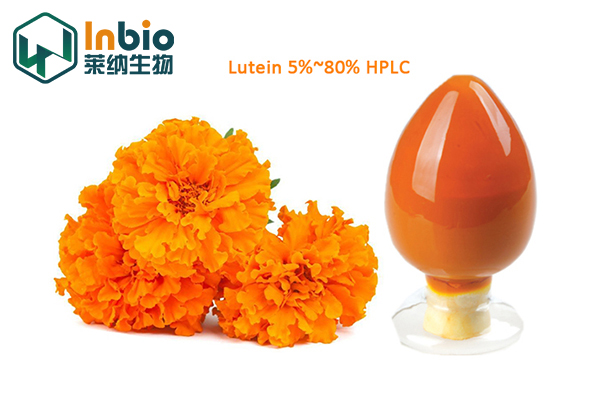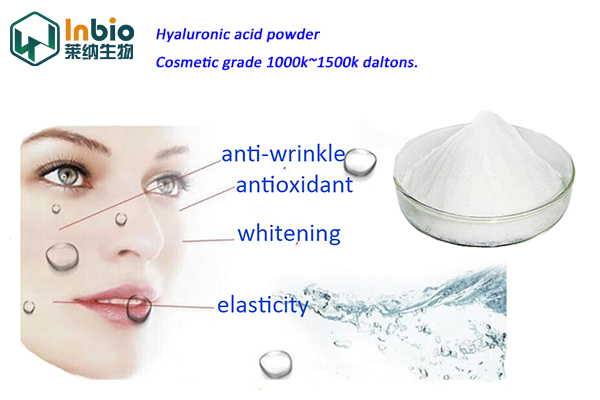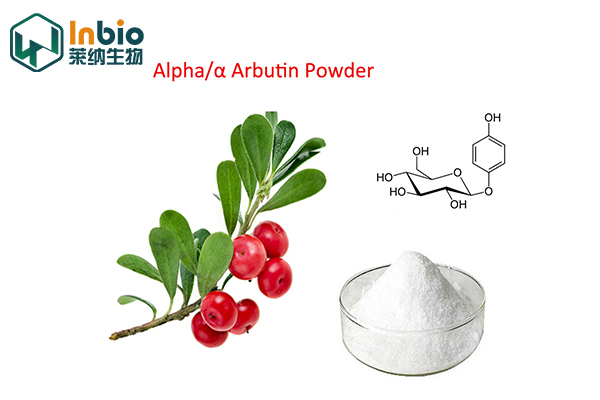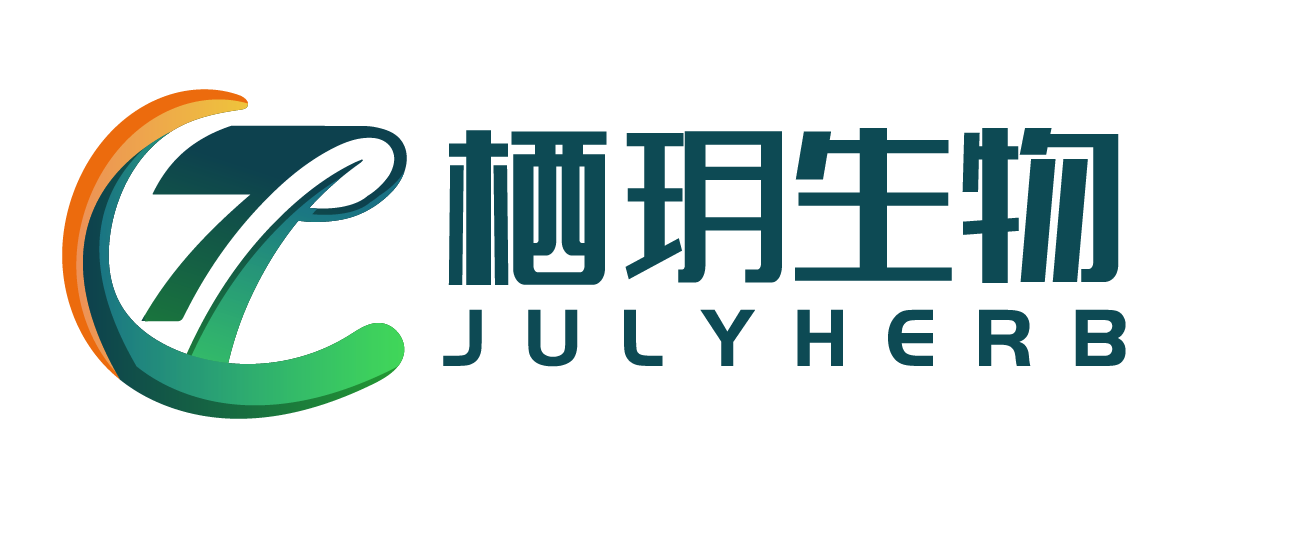
Marigold Flower extract Lutein for Protecting Eyes
Name of Product: Marigold P.E. Active Ingredients: Xanthophyll, Zeaxanthin, Xanthophyl fatty acid ester CAS No.:127-40-2 (Xanthophyll), 144-68-3(Zeaxanthin) Specification Available:HPLC/UV 5%-90%, 5%-75%(Xanthophyl fatty acid ester)
Name of Product: Marigold P.E.
Latin Name: Tagetes erecta L.
Plant Origin and Distribution:
Marigold belongs to compositae family and tagetes erecta. It is an annual herb, the flowering period is from Augest to September. It is originating in Mexico. In china, widely planted in Heilungkiang, Jilin, Inner Mongolia, Shanxi, Yunnan , etc.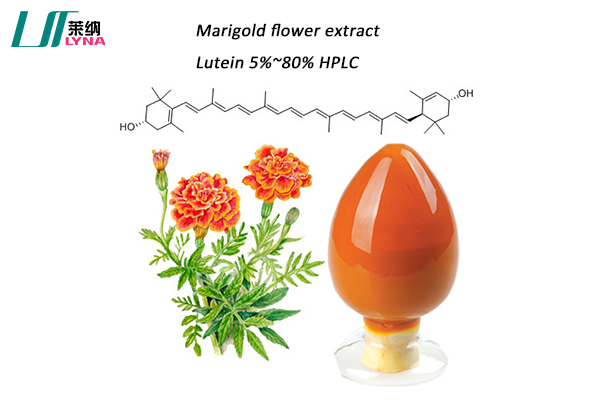
Part of Used: Flower
Active Ingredients: Xanthophyll, Zeaxanthin, Xanthophyl fatty acid ester
CAS No.:127-40-2 (Xanthophyll), 144-68-3(Zeaxanthin)
Specification Available:HPLC/UV 5%-90%, 5%-75%(Xanthophyl fatty acid ester)
Characteristic:
Appearance: Orange powder/ Deep red powder(Xanthophyl fatty acid ester)
Odor: Characteristic
Molecular Formula: C40H5602
Molecular Weight: 568.87
Structural Formula:

What is Lutein?
Lutein- one of the most common Carotenoids widely presented in plants especially dark-green leafy vegetables. Lutein is synthesized only by plant itself and like other xanthophylls which is usually found in green leafy vegetables such as spinach, kale and Marigold Flower.
In green plants, lutein act as modulate light energy and serve as a non-photochemical quenching agents to deal with triplet chlorophyll (an excited form of chlorophyll), which is over produced at very high light levels, during photosynthesis. Lutein is also a very important natural yellow pigment in our lives due to its color.
Introduction of Marigold Lutein
Many fruits and vegetables contain lutein, but due to the low content, it cannot be easily separated. The occurrence of marigold flowers makes it to be an easily thing. Marigold flower is an annual herb with orange color. Lutein is firstly been found in marigold flower petals from Switzerland. It exists as an ‘esterified’form and is commonly known as lutein ester. Lutein ester is derived from marigold flowers, which is a rich, safe and natural source of lutein.
As known from the above form, lutein is present in plants as fatty-acid esters, with one or two fatty acids bound to the two hydroxyl-groups. For this reason, saponification (de-esterfication) of lutein esters to yield free lutein may yield lutein in any ratio from 1:1 to 1:2 molar ratios with the saponifying fatty acid. So there are two kinds of products form extract from marigold flower, lutein and lutein ester.
Marigold Flower Extract
We have two kinds of Marigold Flower Extract, lutein ester and lutein free which are all come from marigold flower.Lutein ester is directly separated from marigold flower by recrystallization. And lutein free is obtained by saponification of lutein oleoresin.
There are many differences between these two kinds of products. For example, lutein ester is an oil soluble material, but lutein itself is not. Lutein ester is a dark-red powder, and lutein is a yellow-orange powder. We show you 2 HPLC spectrums contrast the difference between them.
We can provide both of them with the specification of UV/HPLC 5%~80%. And we can also produce the micro-capsule of lutein and lutein ester which could be much stable in air and sunlight, and could be soluble in cold water, we call it CWS. The lutein and lutein ester micro-capsule use some hydrophilic materials as the shell which embedding the lutein or lutein ester in it. Because of the hydrophilic shell, lutein or lutein ester avoid from the light and oxygen which became much stable and water soluble. This picture shows the micro-capsule under electron microscopy, in which we can found that lutein embedded by the shell and to be micro-capsule.
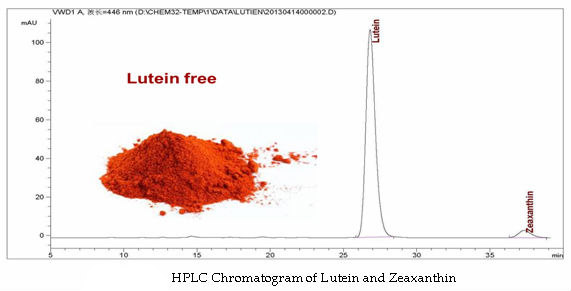
Main Function
Lutein protects the eyes from damage caused by the sun’s UV rays as well as harmful blue lights from computer, T.V screens, smart-phones and tablets. Many medical studies have shown that lutein reduces inflammation and redness in the skin and may even prevent skin cancer.
The macula is the region of the retina responsible for central vision, Lutein also can prevent AMD. Several studies shown that an increase in macula pigmentation decreases the risk of eye diseases such as age-related macular degeneration (AMD) in 2007, John Paul San Giovanni of the National Eye Institute, Maryland has found that lutein and zeaxanthin protect against blindness, affecting 1.2 million Americans, mostly after age 65. Lutein and zeaxanthin reduce the risk of AMD.
Lutein as Carotenoids, it has great an antioxidant, anti-aging ingredients. What’s more, due to lutein natural orange and yellow color it can be use as natural pigment in food application and other field.
How to use lutein (dosage)?
Without adequate consumption, the amount of lutein in the eye may deplete with age. Leading doctor recommend you to get at least 6 mg of lutein per day to help maintain proper eye health. Since your body could not synthesize lutein, you must constantly absorb it through the foods you eat. Dark, leafy green vegetables like spinach and kale are especially good sources. But you have to eat over 2 bowls of raw spinach every day to get the recommended daily dose of 6 mg lutein. Taking a multivitamin may help, but many multivitamins contain only a fraction of the recommended 6 mg lutein. In fact, the leading multivitamin contains just 0 .25 mg of lutein − a mere 4% of the recommended amount.
According to the report from American FDA, a recommend dosage is 6-12mg lutein per day.

Side effects of lutein
Since the human body does not synthesize its own lutein, the artificial form of lutein masquerades as the pure form and deposits itself onto the human skin and within the eyes, overdose can cause your skin become yellow. In comparison to this disastrous series of bodily events, a natural intake would have ensured the body to absorb the lutein in a controlled manner as opposed to unnecessarily piling up and creating layers on the human skin. Thus, it is very important to consume lutein under the supervision of an ophthalmologist or a physician.
